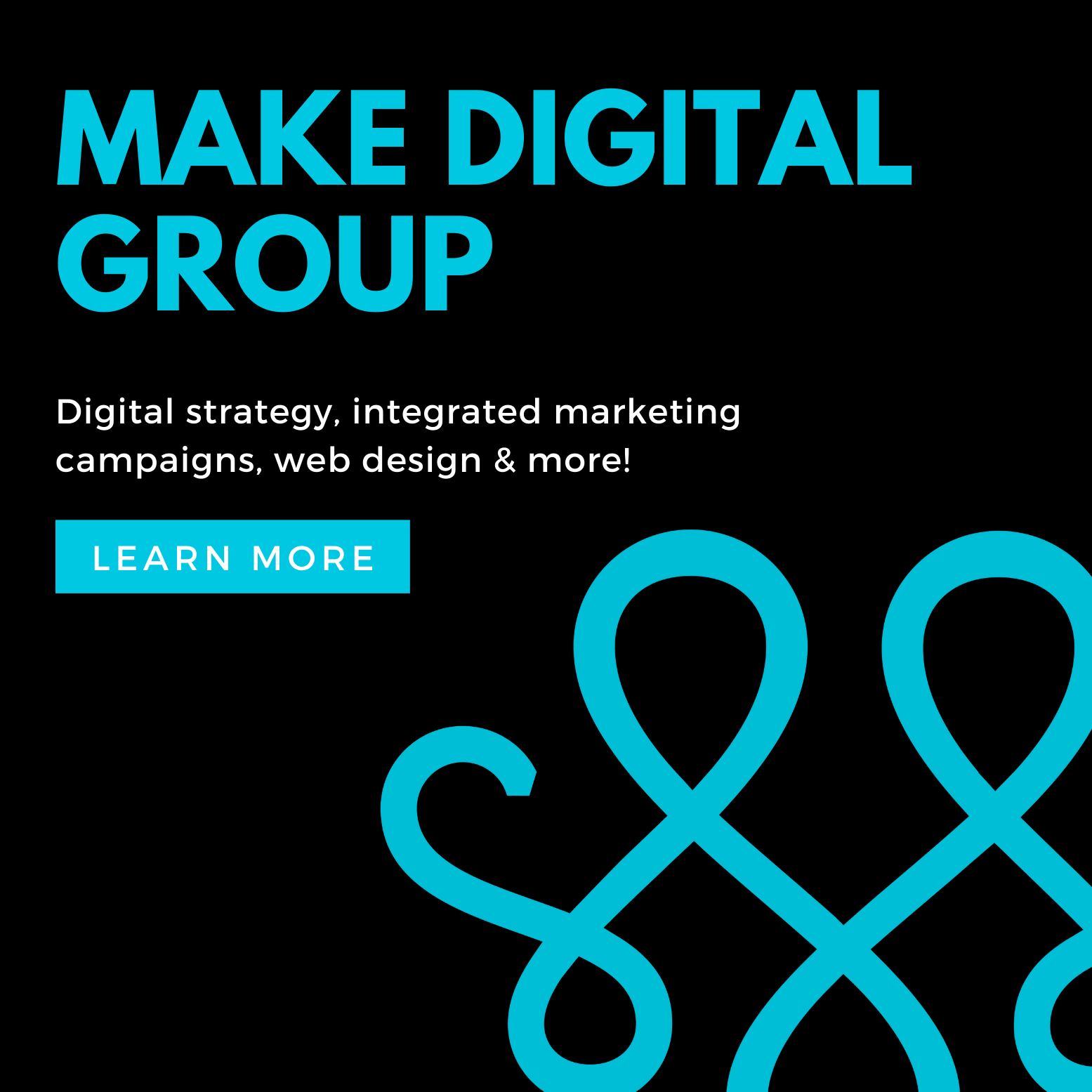Don’t let these four myths undermine your marketing plans.
As more Millennials enter the workforce and become targeted consumers, you must be able to separate myth from reality and know what resonates with this segment.
This demographic is more racially and ethnically diverse than any previous generation, and with inherent generational differences come common misunderstandings. Here are four of the biggest myths.
Myth: Millennials Are Self-Centered
Reality // They care about self-expression, but are not totally self-absorbed, caring about causes surrounding poverty, education and environment. Interestingly, they will pay more for things provided by companies that give back. The bigger the purchase, the more likely this will come into play.
But let’s be clear, whether through music, artistic endeavors, entrepreneurship or tattoos, they desire a unique identity.
Connect with this marketing-savvy demographic at a local level. Be involved with the community, working toward the greater good. It’s vital to be sincere in your efforts. Millennial customers will quickly cast you off and alert others if they feel bamboozled.
Myth: The American Dream = White Picket Fence in the Suburbs
Reality // This group aspires to live an urban lifestyle. Growth inside U.S. cities has outpaced suburban areas as Millennials gravitate toward metro hubs. In 2010, 31 percent of Millennials reported living with their parents due to economic issues. Moreover, car ownership declined for those under 25 years old as they opted out of the expense and responsibility.
Proximity is important when marketing to Millennials. Communicate with potential prospects living and working closest to your business.
Myth: Millennials Are Broke
Reality // This generation may have been hit hard by the recession, but they are neither broke nor frivolous spenders. Older Millennials were born into the recession of the early Reagan era and have a higher savings level in retirement funds than any generation. While born into a more prosperous time, younger Millennials display more modest spending, and they are cost-conscious and resourceful.
This demographic is ideal for businesses selling higher ticket items because they remain optimistic regarding the future and are not scared to assume debt if it means a better long-term outlook.
Myth: Traditional Media Is Dead for Millennials
Reality // Millennial customers are present and accounted for with offline media. According to Nielsen, offline television viewing averaged three to four hours per day in 2015. Relative to print, Millennials are heavy magazine consumers and represent the largest population segment of online users.
Traditional media remains an efficient means to reach this demographic in mass, creating impact and awareness to drive further consumer research and trial. The best media mix will employ multiple approaches. Millennials are more likely to tune in to network television special events, sporting events and preferred cable television programs. They also prefer audience participation-type shows such as “The Voice” and “The Bachelor.” While viewing, they’re commenting online within social communities. Millennials have an opinion and are not shy about expressing it—immediately.
Millennial customers seek relationships with companies whom they trust to be good corporate and civic citizens. Marketers should use a broad spectrum of media venues to connect with this audience. To resonate with Millennials, a strategic multimedia approach is recommended. Multiscreen branding is a natural fit for targeting these digital natives, and best results can be expected from those closest to your location.

